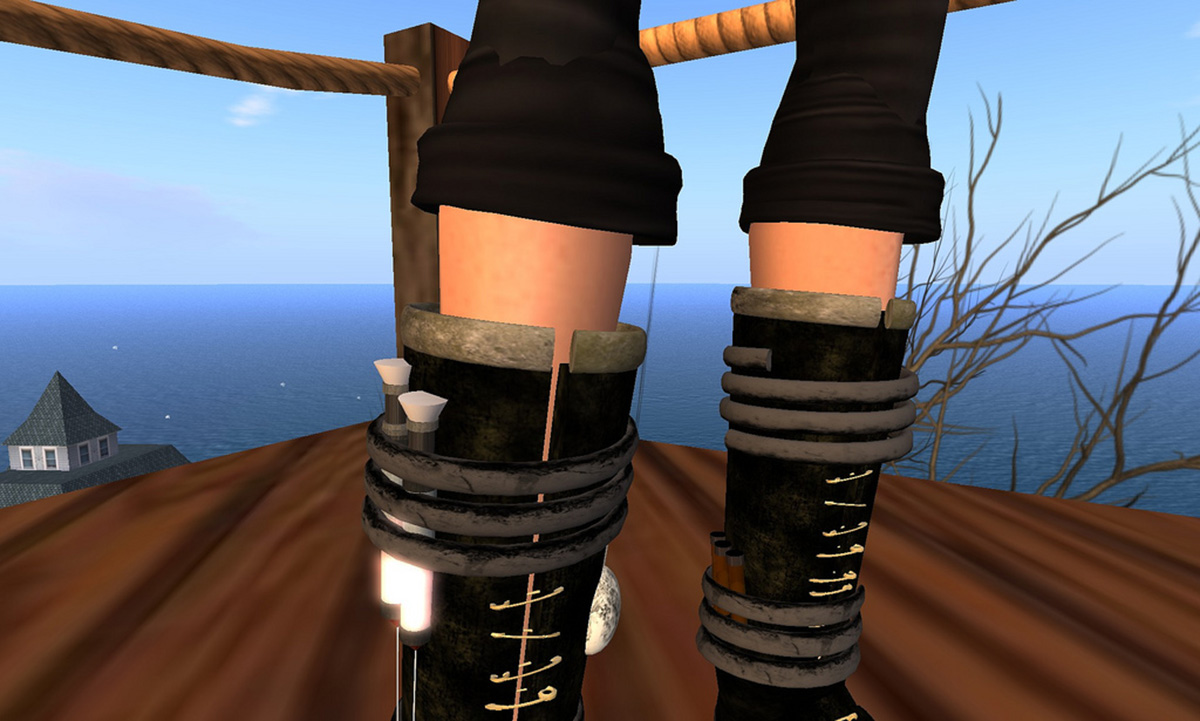Table of Contents
For nearly 20 years, Ilizarov was called a quack by other Soviet doctors. It was not until 1968 that Valerii Brumeii, who had won an Olympic gold medal for the Soviet Union for the high jump, came to Kurgan for treatment, three years after injuring his leg in an auto accident. Before seeing Ilizarov, the Olympic gold medalist had perservered through 32 unsuccessful surgeries. After a year at Kurgan's clinic, however, his leg was restored.
In the 1970's, Ilizarov's method became known in East Germany. In 1980, an Italian photojournalist who had been injured skiing ten years earlier went to Kurgan for treatment, and spread news of the success in the West. The method was brought to the United States in the 1980's, and it even became required learning for orthopedists in the European Union.

If you have one leg that is shorter than the other, or you are very dissatisfied about your height, or you had a bone set improperly and you need to have it repaired, should you find an orthopedist who will treat you with an Ilizarov fixator? The final decision is between you and your doctor, but these facts may aid your discussion:
- Appropriately applied, the Ilizarov fixator is nearly always successful. In the United States, the technique is well accepted and insurance pays for it.
- The surgery required in this surgery is a corticotomy. It cuts the bone but leaves blood vessels, tendons, and soft tissues intact.
- The reason a ring device is needed, rather than a brace, is that a brace stabilizes the bone in two dimensions but a ring stabilizes it in three.
- The bone is broken and then debrided during surgery. Debridement removes tiny bits of bone and tissue that could be infected inside the body.
- The bones are separated at a rate of 1 mm a day. Ilizarov found that moving the bones 0.5 mm a day resulted in formation of deformed bone tissue, and moving the bones 2 mm a day resulted in the formation of fibrous tissue rather than bone.
READ Nutrients You Shouldn't Skip If You Want Strong Teeth And Bones
- The Ilizarov frame moves very, very slowly all day long for constant growth.
- The Ilizarov method can be used with children over five years old, teenagers, and adults.
- Usually, a bone is not lengthened by more that 20 percent of its original length in any single set of treatments. Bones can be lengthened by up to 40 percent, but over the course of several years.
- In adults, the frame is left in place for two months for every 1 cm of lengthening. Lengthening a bone by 5 cm (2 inches ) takes five months.
- Modern experience has reduced the healing time to just five to nine months in most cases.
- Nearly everyone who receives the device will develop an infection where the pin that holds the bone place, connecting it to the ring in the device, pierces the skin. This is almost always treatable with oral antibiotics. Usually the infection is Staphylococcus aureus that normally lives on the skin that is transferred into the skin by the procedure.
READ Warning: Waxing Can Be Dangerous (But Here's How To Avoid A 'Killer' Leg Or Brazilian Wax)
The greatest expertise for this surgery is at the Russian Ilizarov Scientific Center for Restorative Traumatology and Orthopaedics in Kurgan, which has the capacity to treat up to 1,000 patients at a time. However, doctors have been trained in the technique in countries all over the world, and there is likely to be an orthopedist with experience in the method near you.
- Ilizarov GA: The tension-stress effect on the genesis and growth of tissues: Part I. The influence of stability of fixation and soft tissues preservation. Clin Orthop 238:249-281, 1989.
- Ilizarov GA: The tension-stress effect on the genesis and growth of tissues: Part II. The influence of the rate of frequency of distraction. Clin Orthop 239:263-285, 1989.
- Photo courtesy of dsasso: www.flickr.com/photos/dsasso/36379766/
- Photo courtesy of isfullofcrap: www.flickr.com/photos/isfullofcrap/4042286113/
- Photo courtesy of dsasso: www.flickr.com/photos/dsasso/36379766/


Your thoughts on this